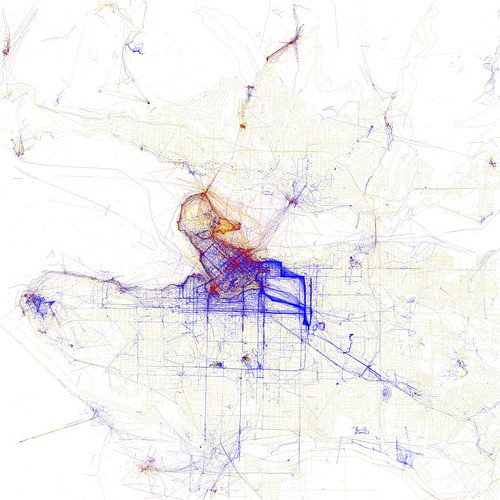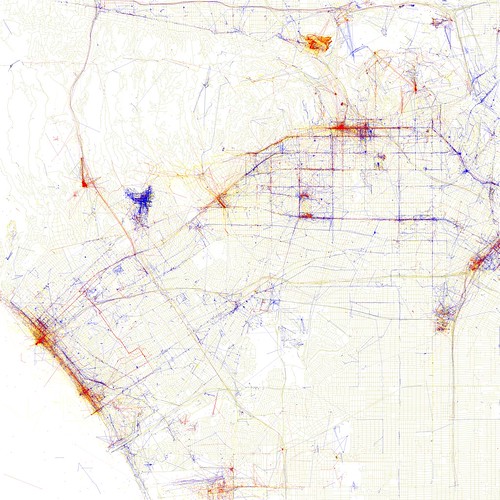All right, folks, it looks like I officially have a case of the "F's", both musically and otherwise.
F is for...
F is for...
- Fan-freaking-tastic! to see a Husky win this past Saturday against Utah (boo, Mormons!), 31-14. We checked out the game at a sports bar in The Marina District, and it was like I had never left the Greek System. The Marina's general doucheyness aside, there is simply no better way to watch a football game than hammered with your UW friends. We are even thinking of going down to Stanford to represent the Huskies in their game there in 3 weeks.
- Fuck you, landlord! $2250 for a mice-infested shithole??? You gotta be kidding me. I'm counting my lucky stars it's only a six-month lease.
- Free at last, free at last, by God almighty we are free at last! The Occupy Wall Street protests continue unabated in NYC. I'm glad to see people are finally stepping up en masse to protest the serious economic inequality in this country that makes any talk of a financial "recovery" from the recession little more than a cruel joke to the 99% of people out there. Here are some pictures from the San Francisco version of the Occupy Wall Street protests, which took place on our Montgomery Street, a.k.a. "Wall Street of the West." I stumbled upon the protests randomly on my way back from a bike ride in North Beach. Although I don't think the SF protests had anywhere near the same impact as those in NYC due to their relatively small size, it is great to see the protest ethic is still alive and well in this city. There may only be 800,000 San Franciscans (compared to 8 million New Yorkers), but damnit we aren't going down without a fight!
Now for your songs of the day:
I like Friendly Fires' "Skeleton Boy" because of its unique medley of indie lead singer and disco beat. Usually that combination will leave you sounding like a rip-off of MGMT, but these guys rock it!
Future Islands are the closest that any band I've heard of has come to sounding like The Talking Heads, my number one favorite band of all time. I think only !!! (chk chk chk) would be able to give them a run for their money on this type of sound, but Future Islands has that whacked-out David Byrne-like wail and perfect beats down just right.












































